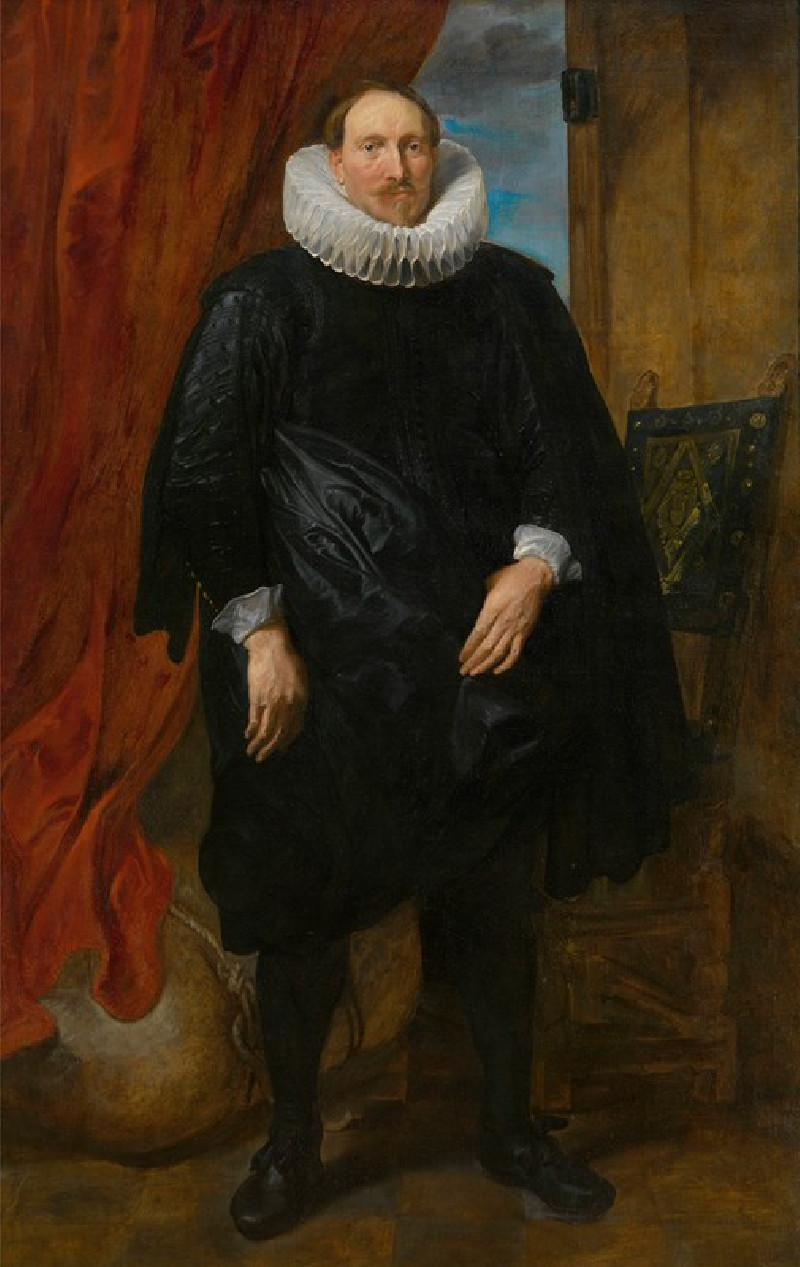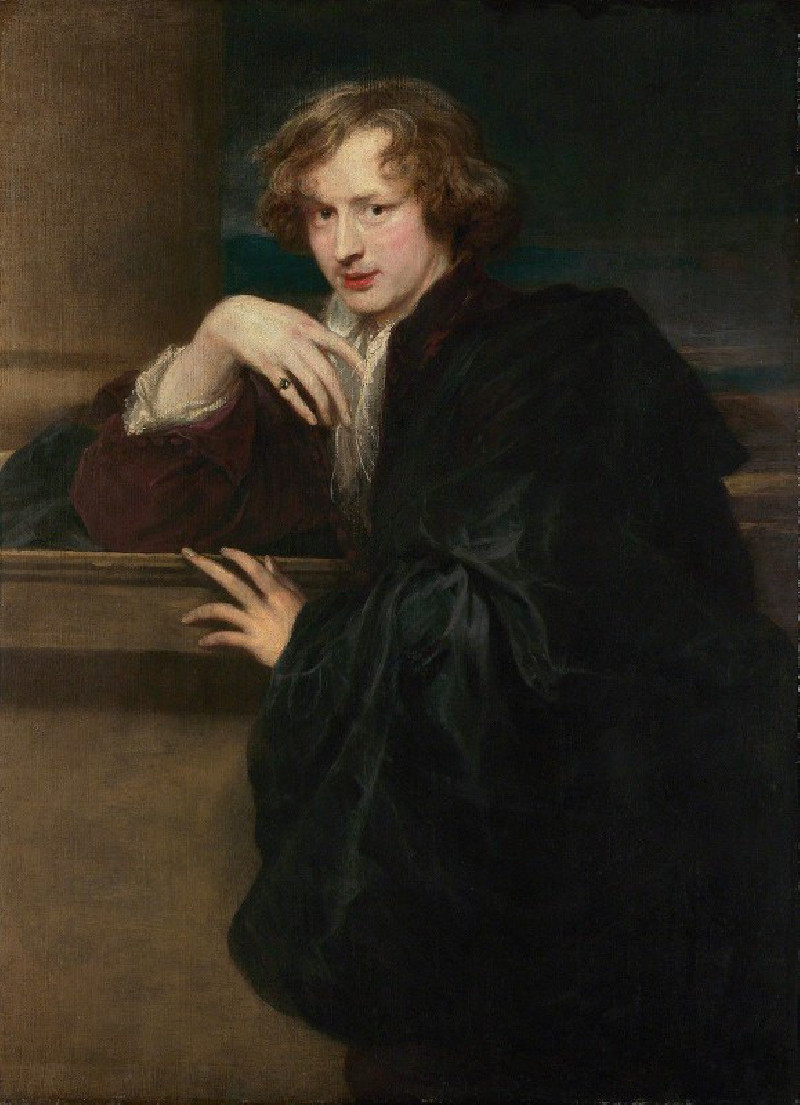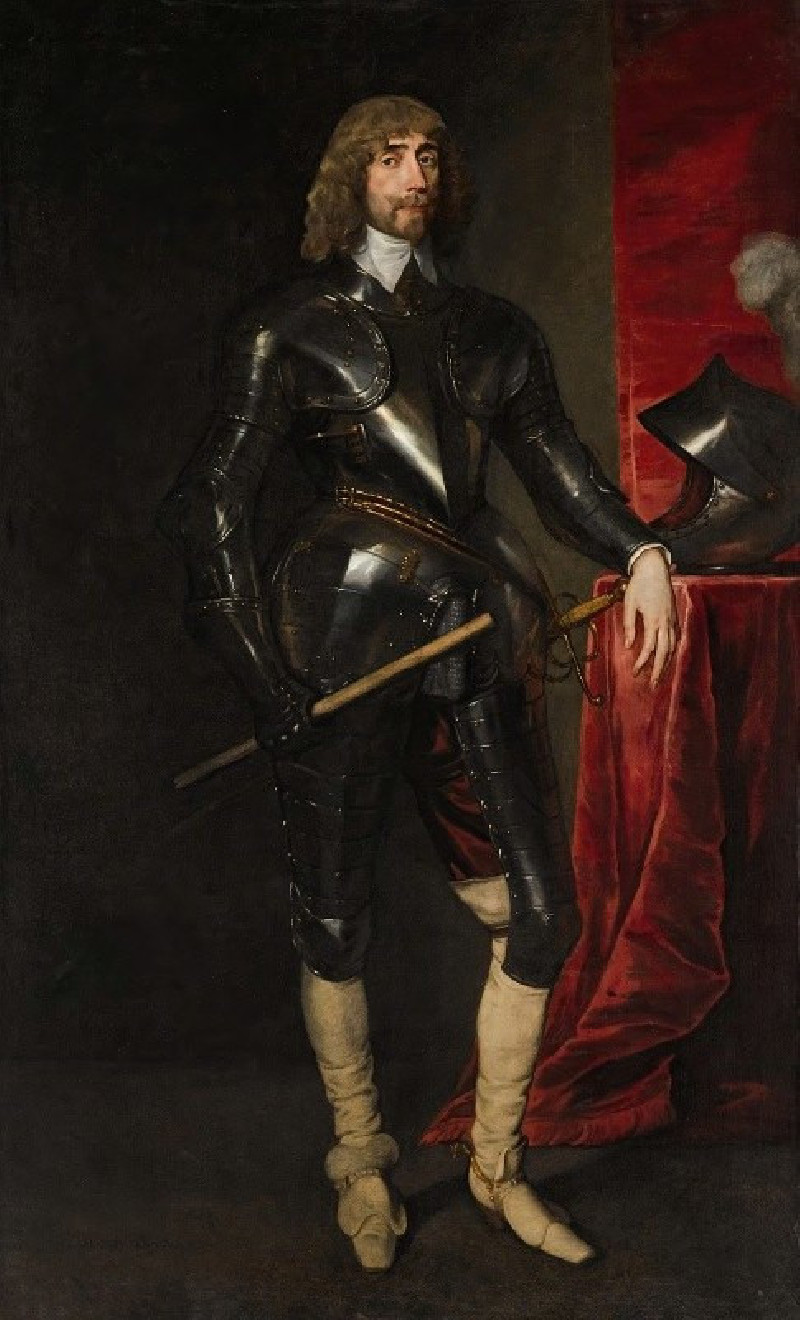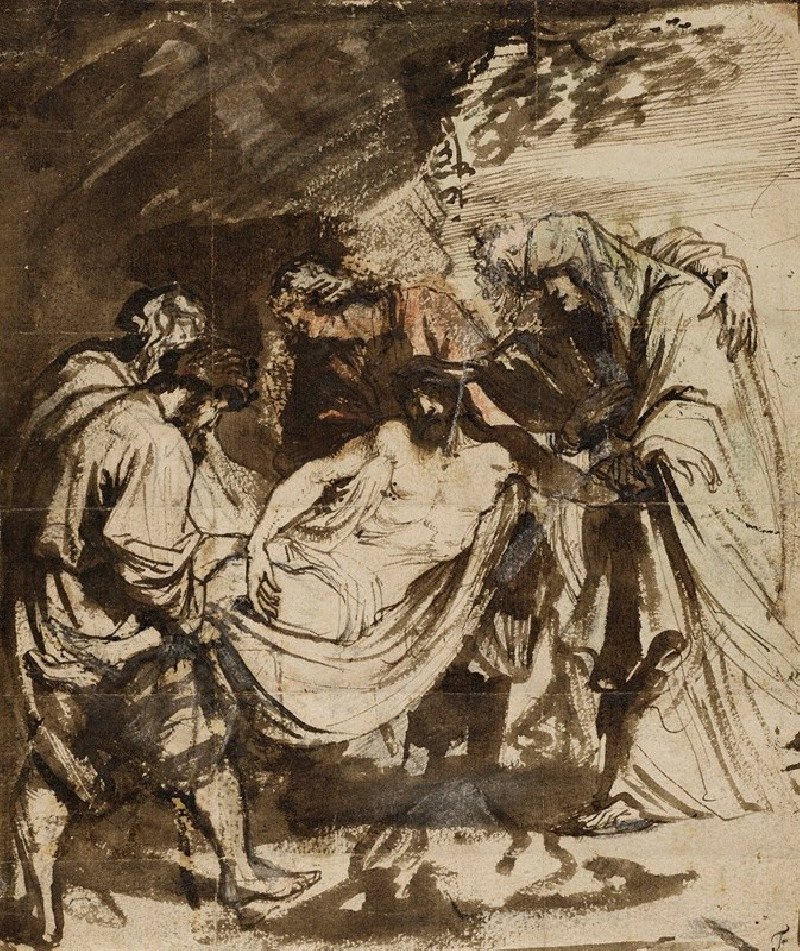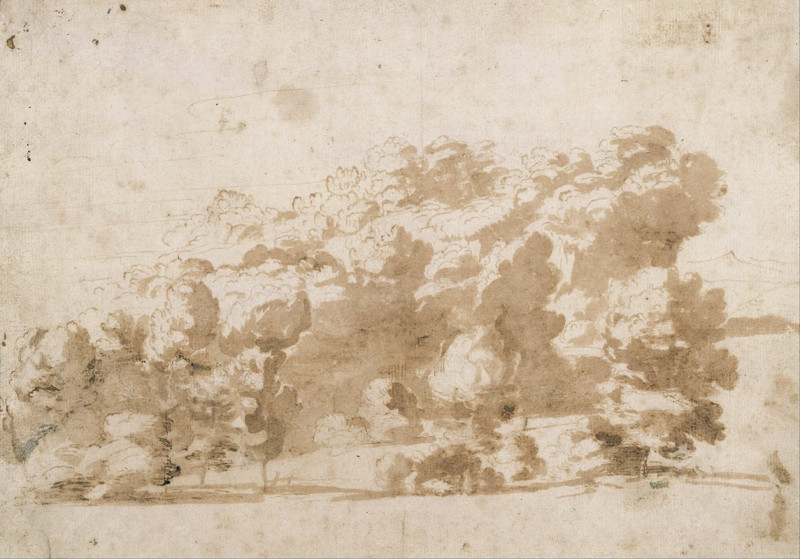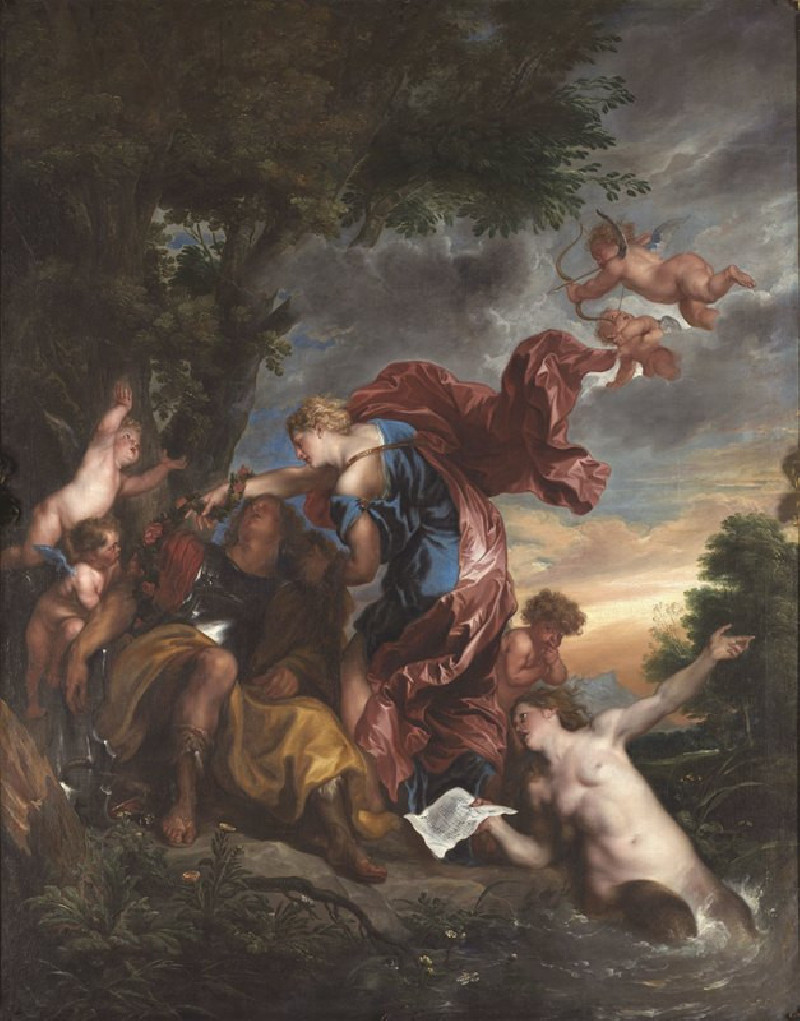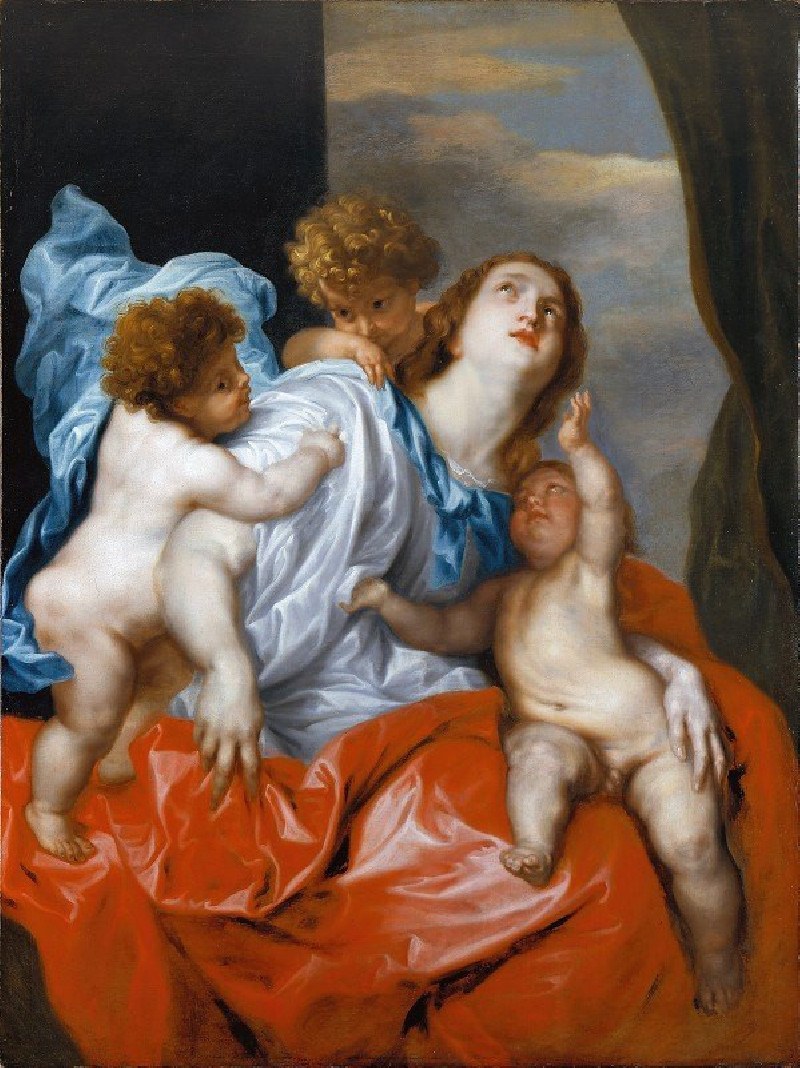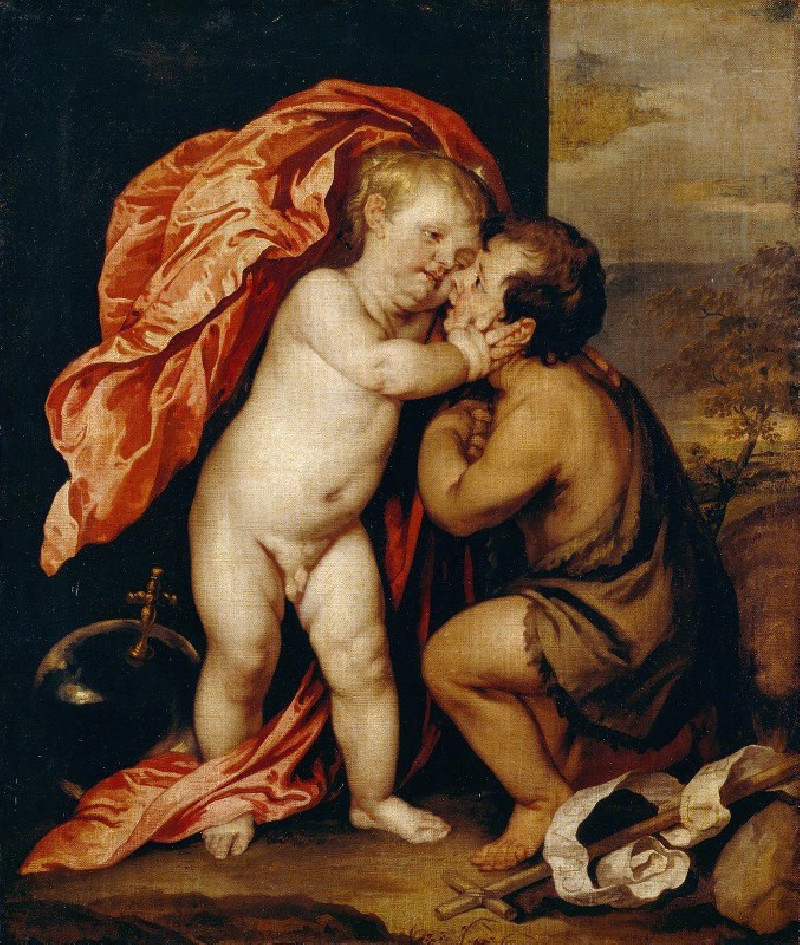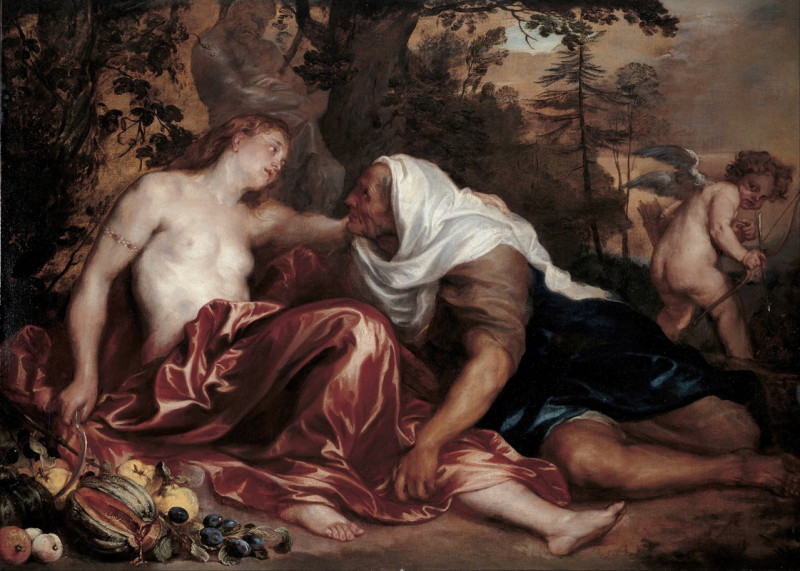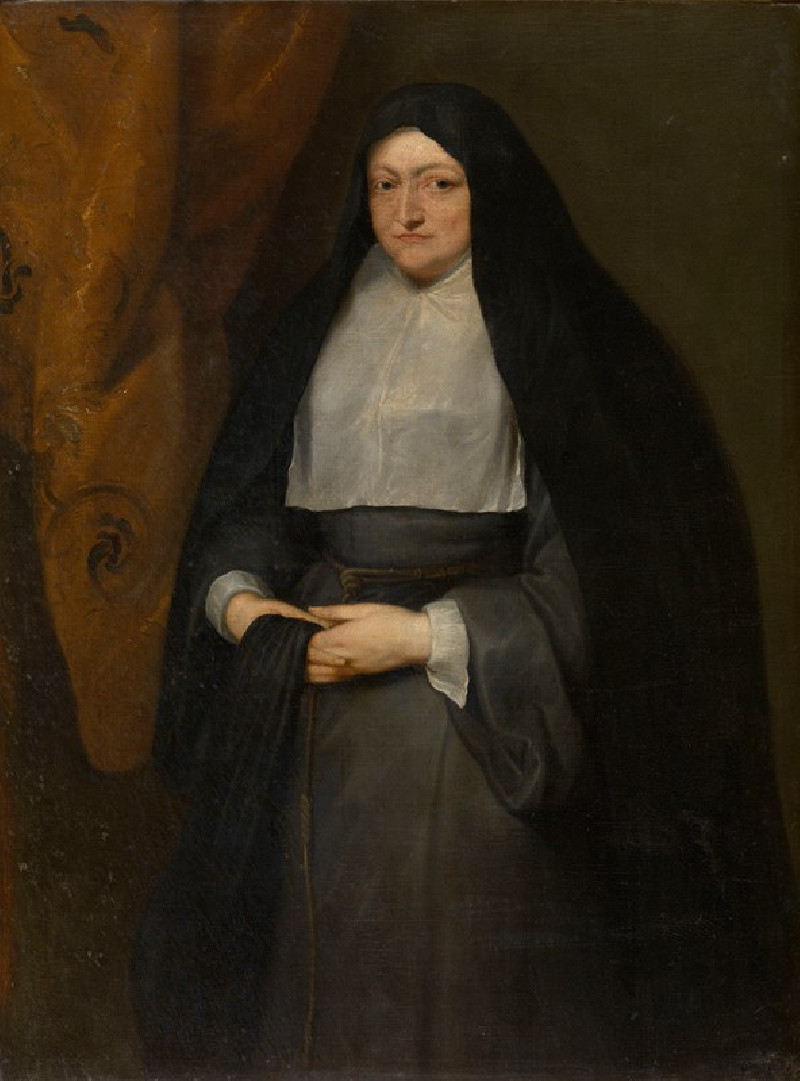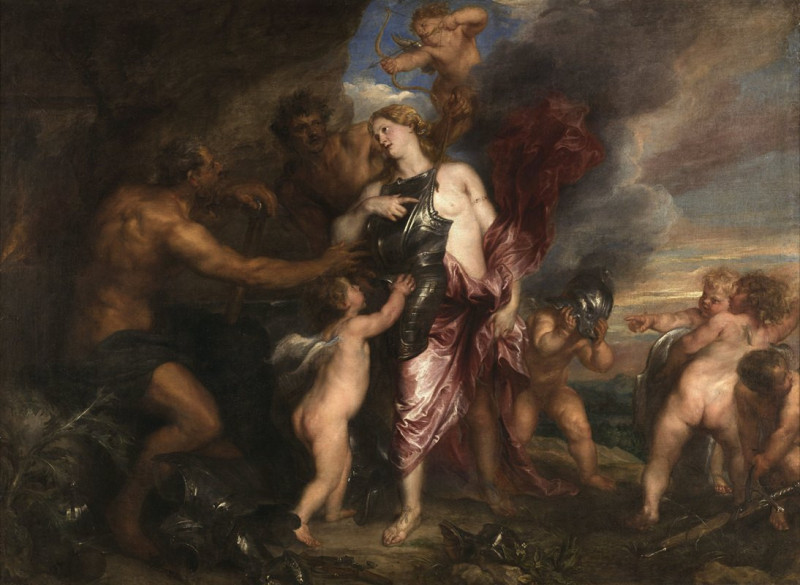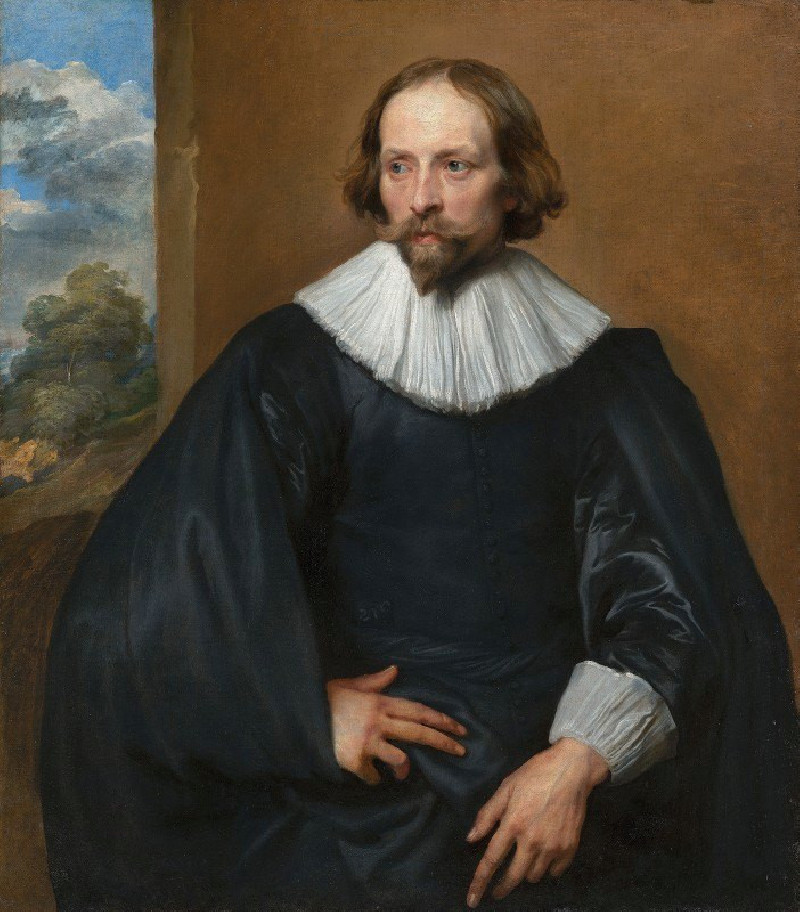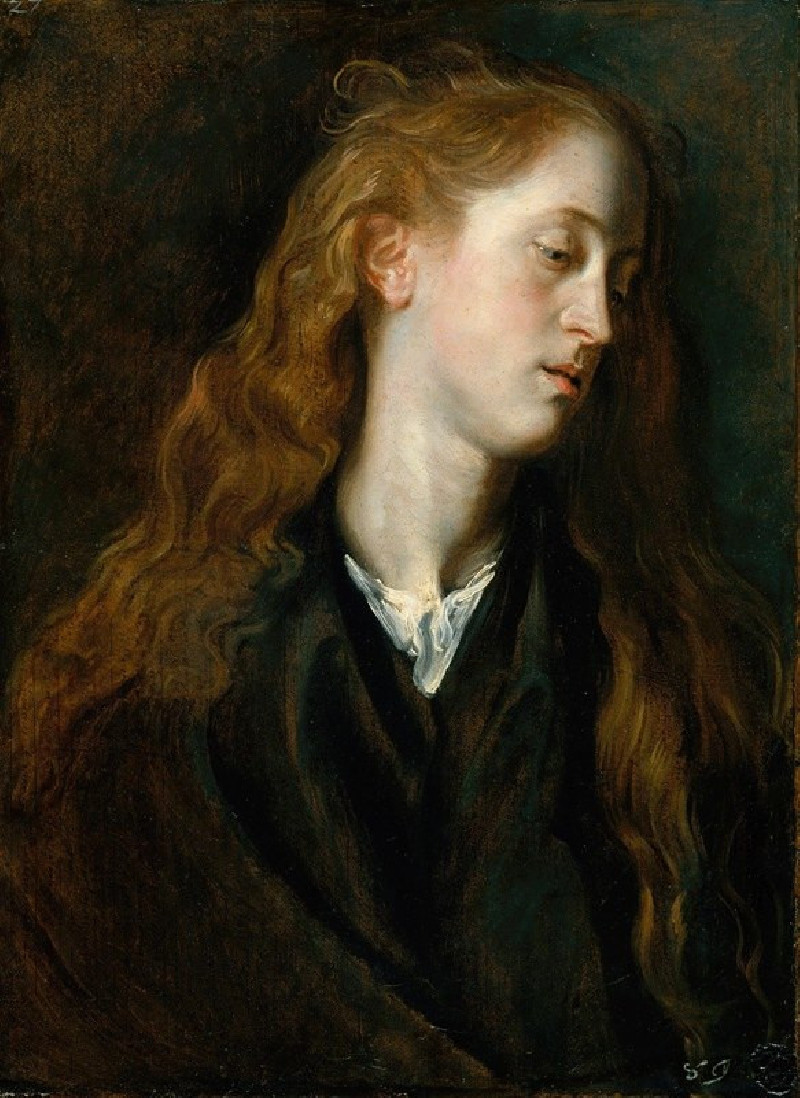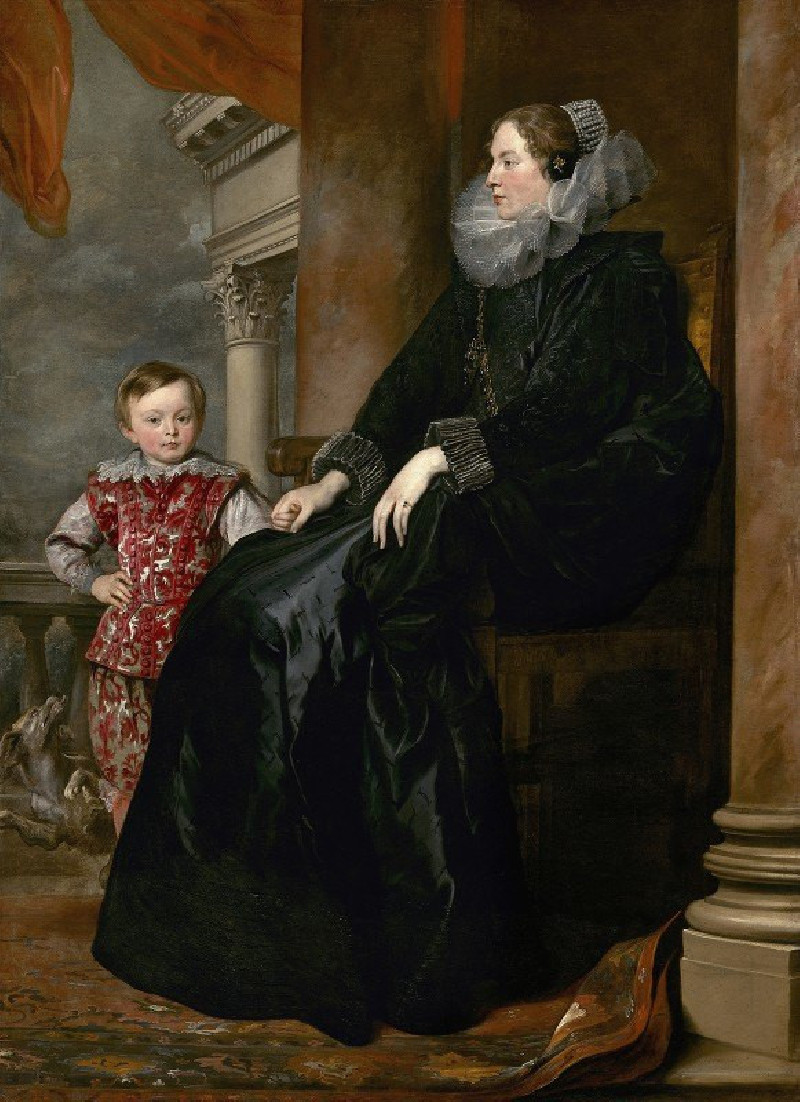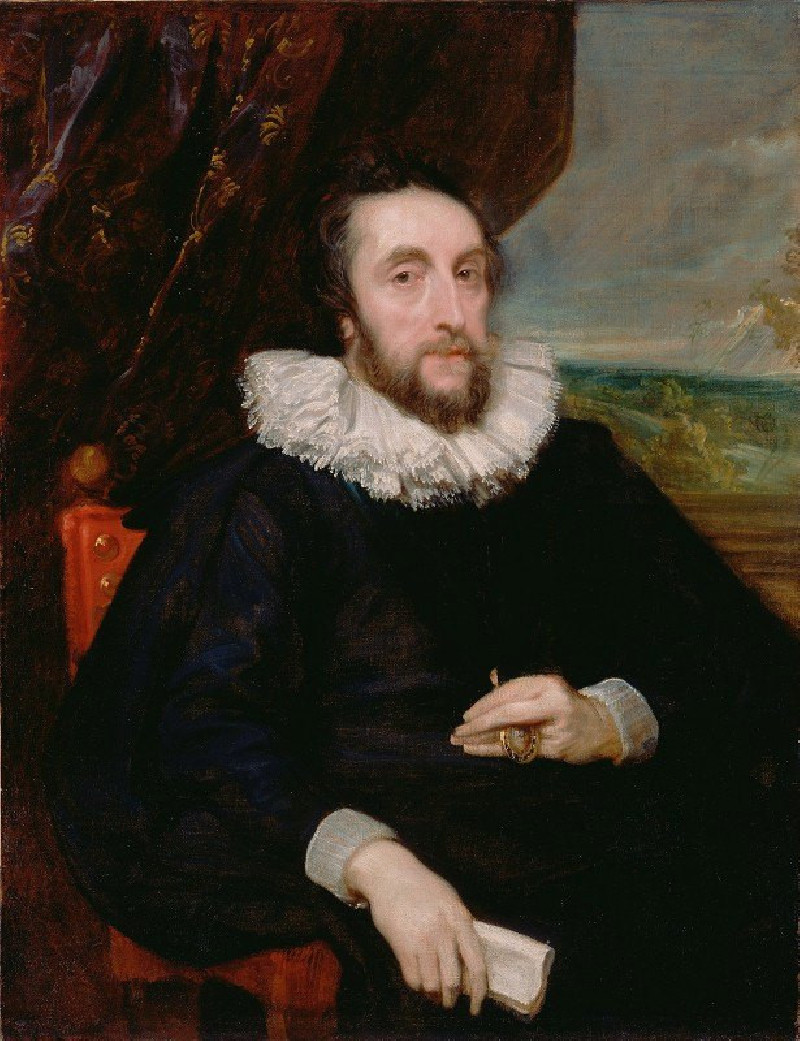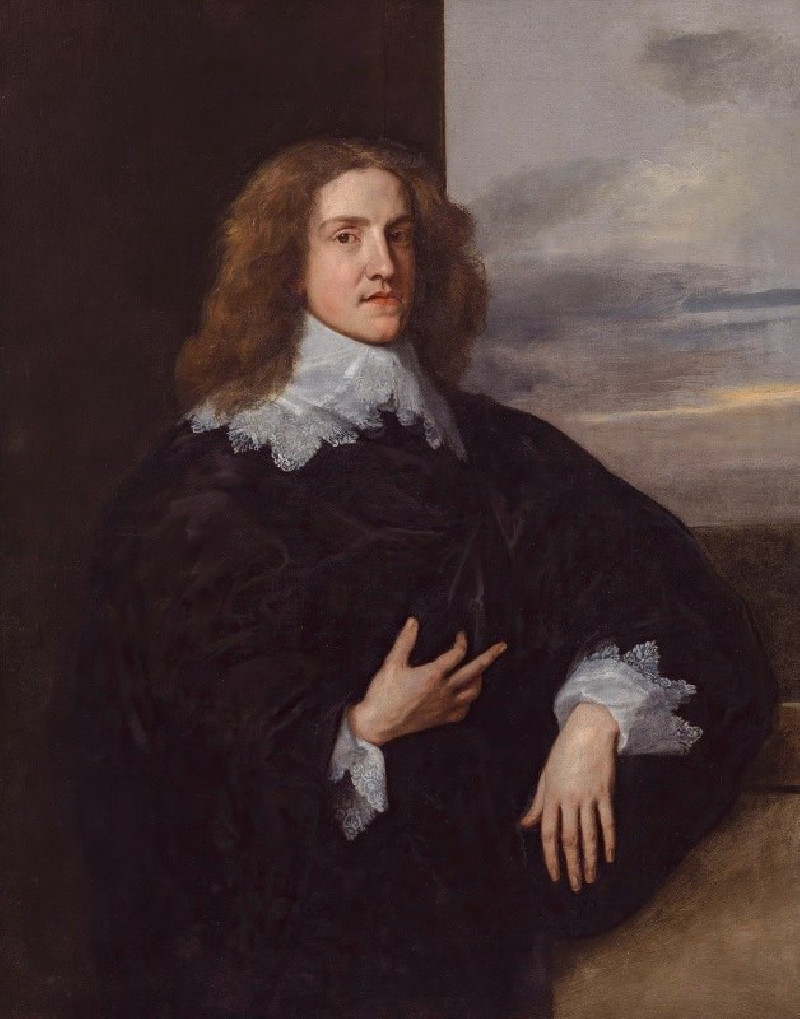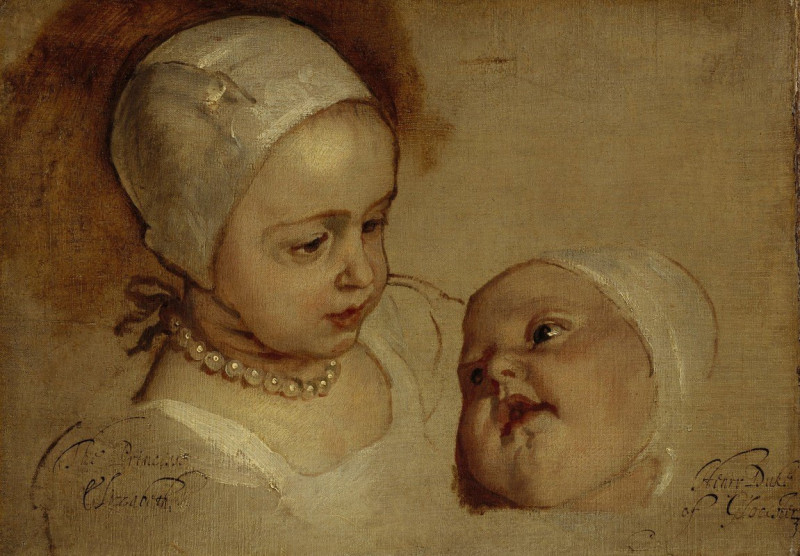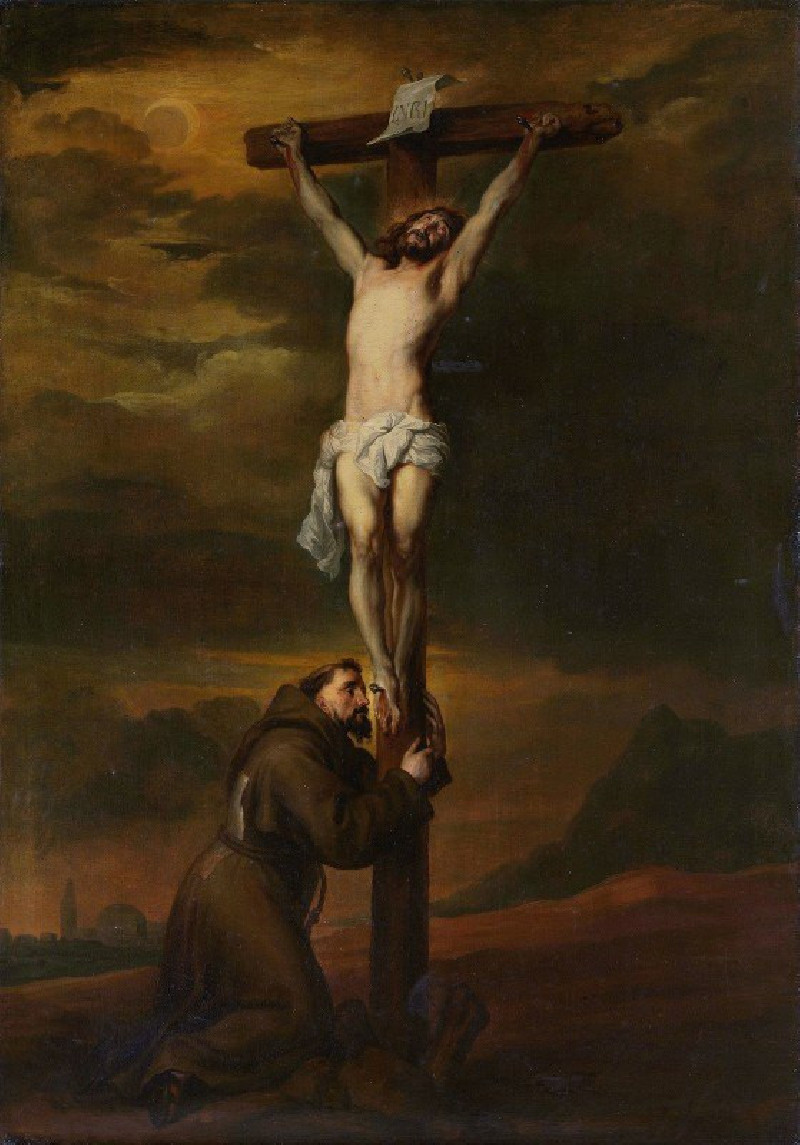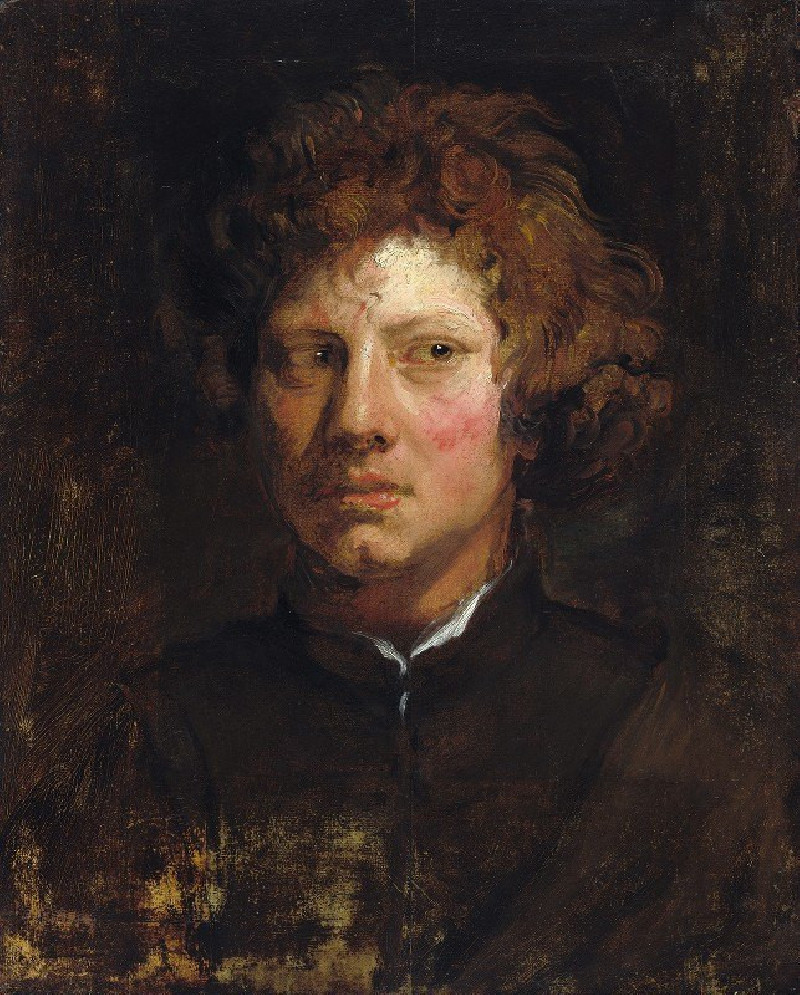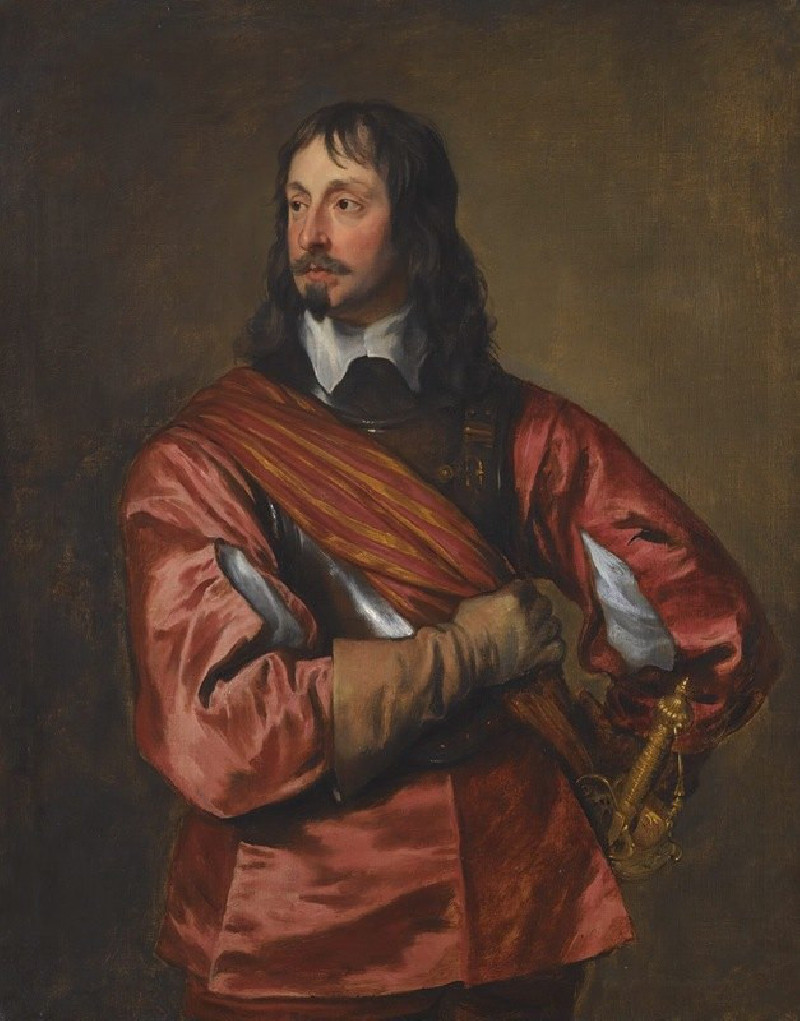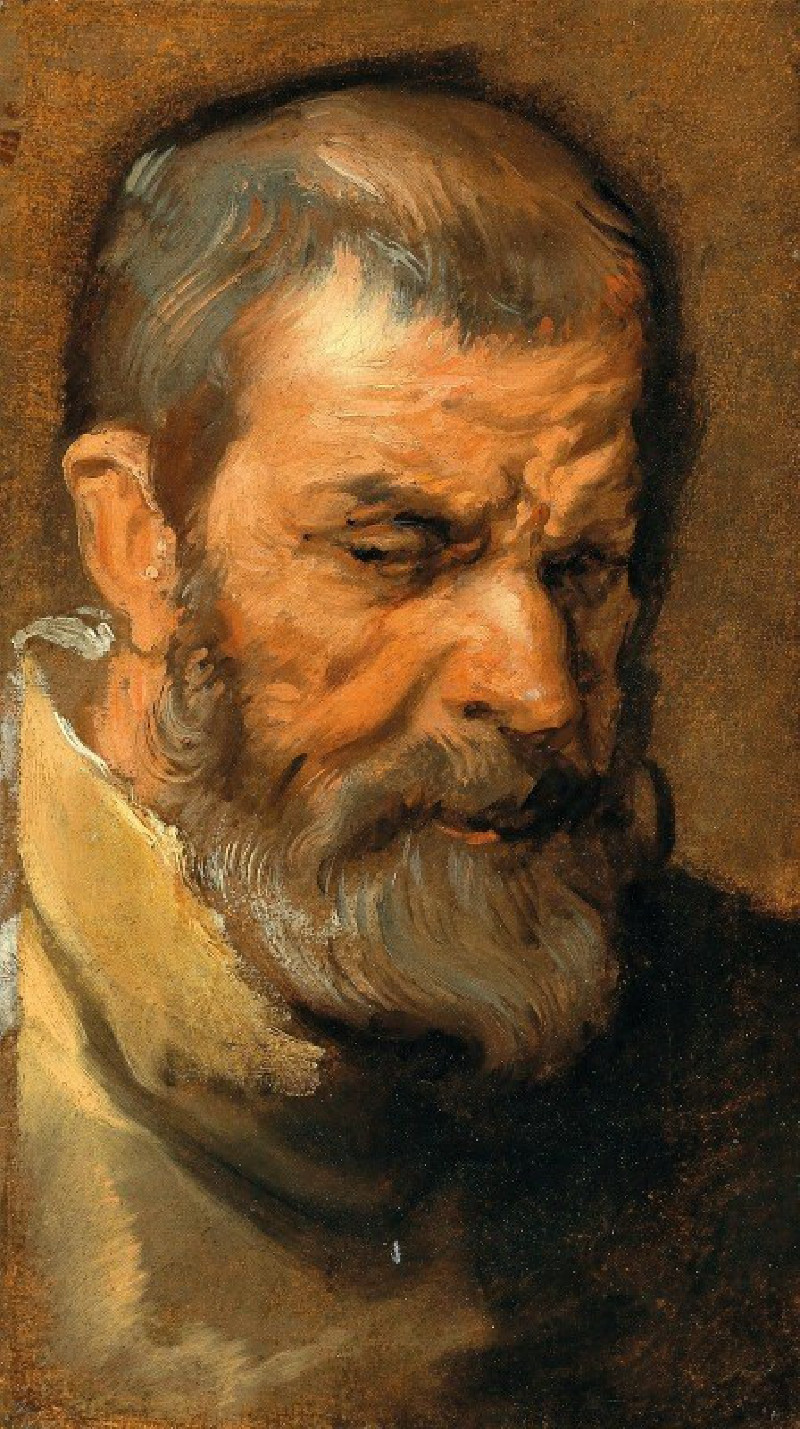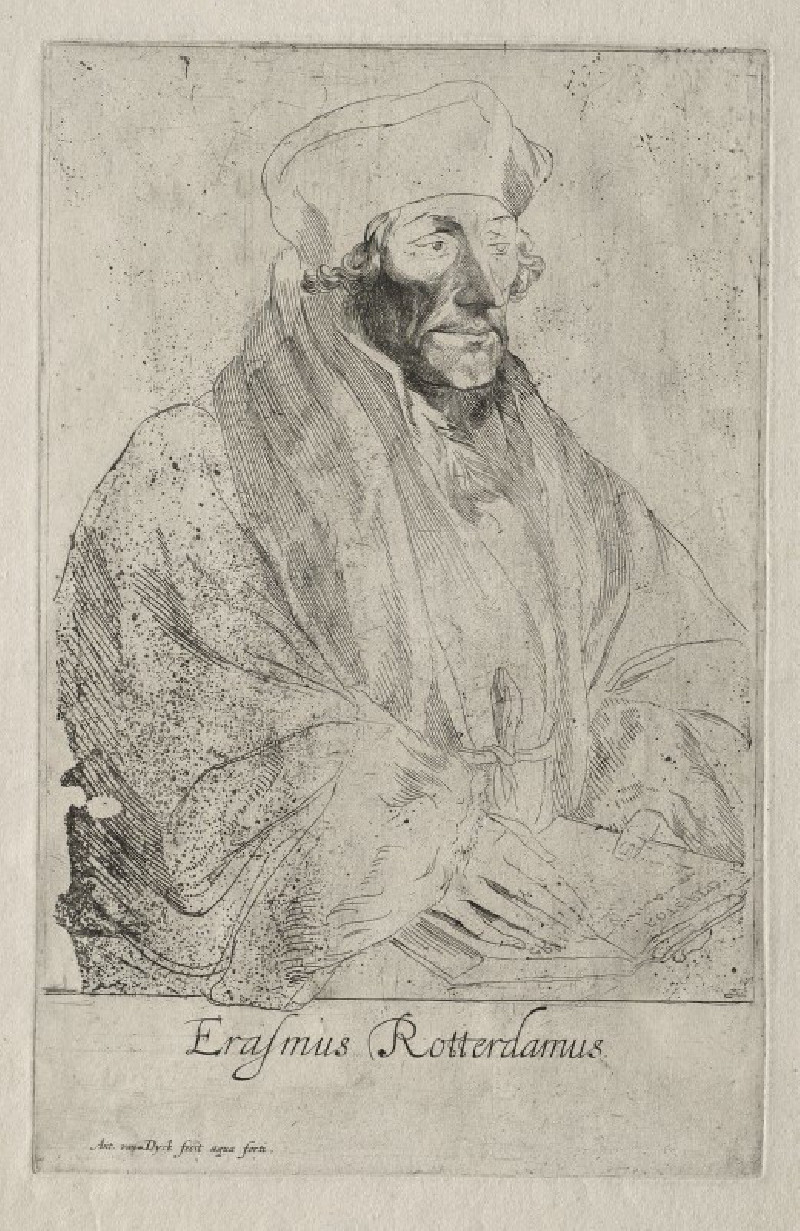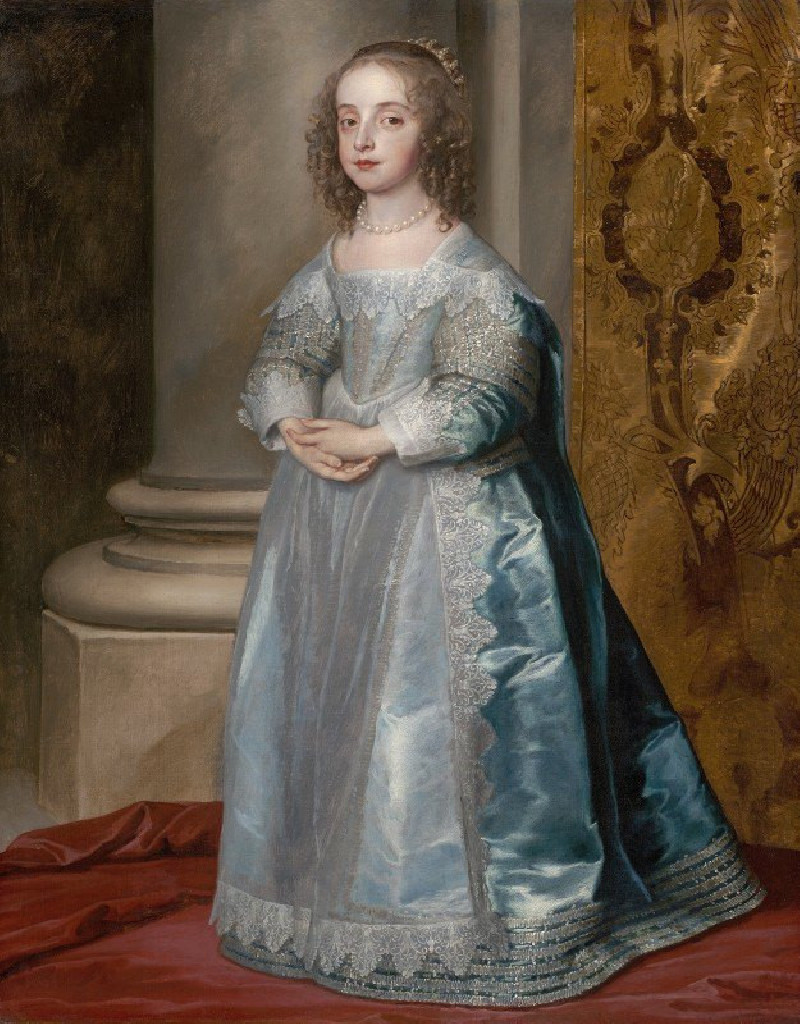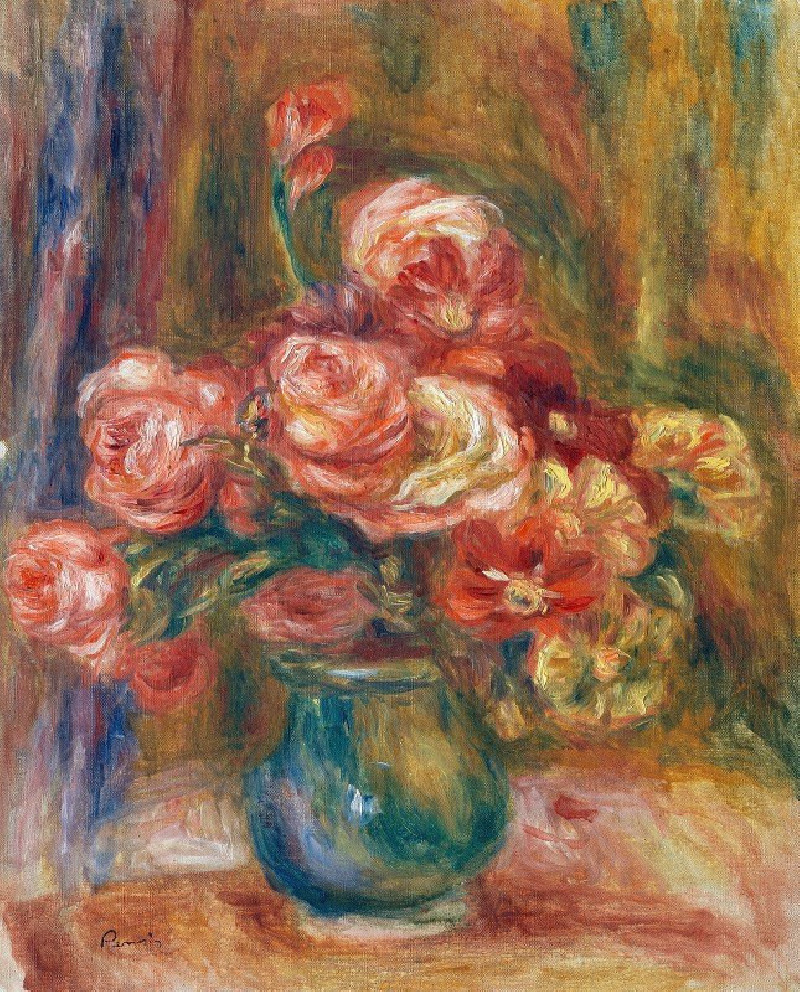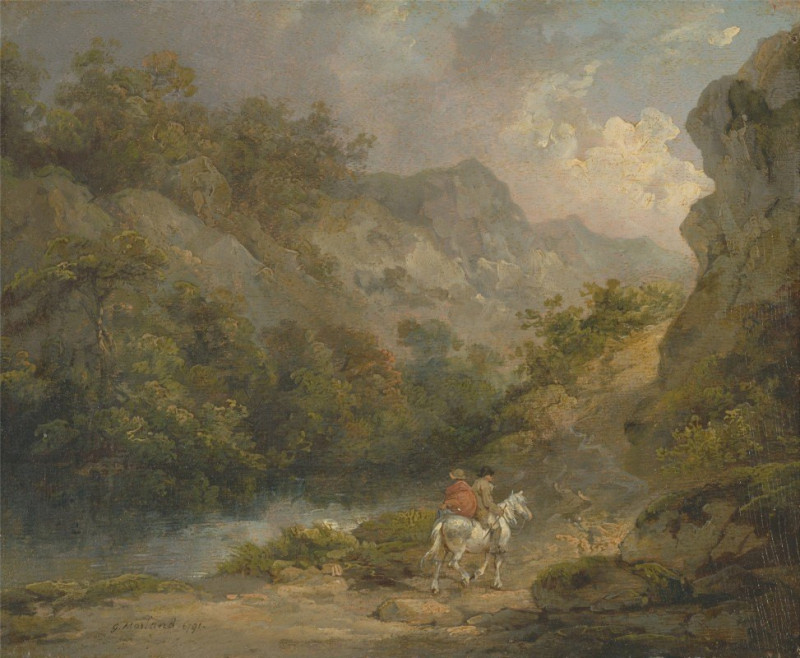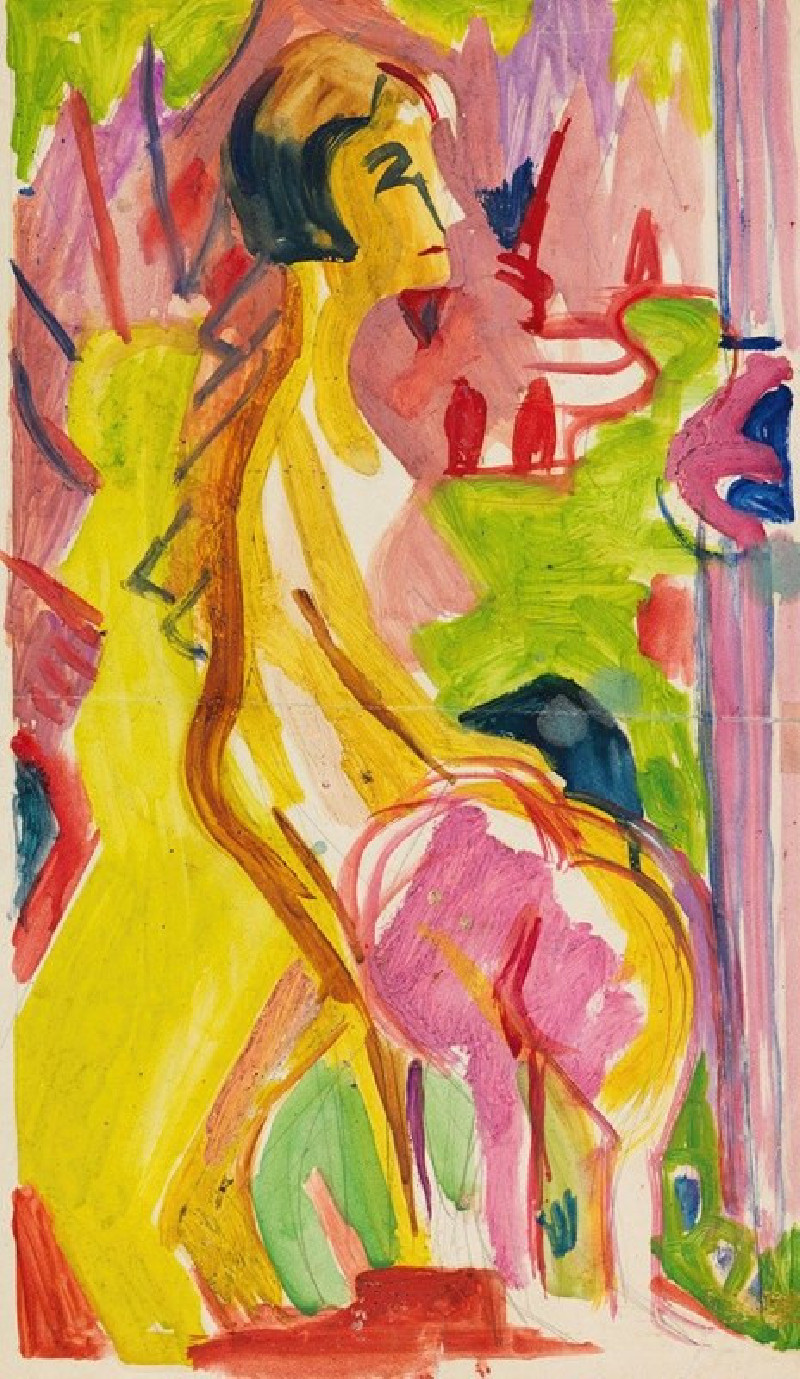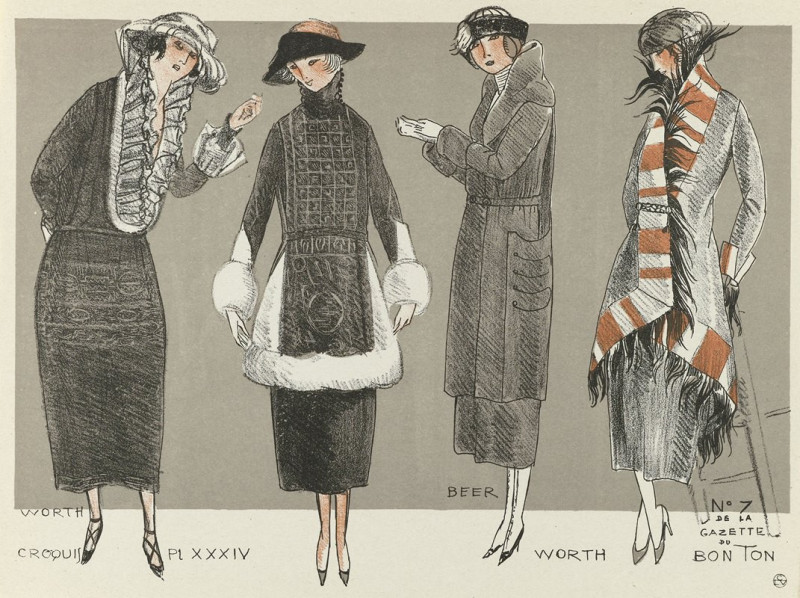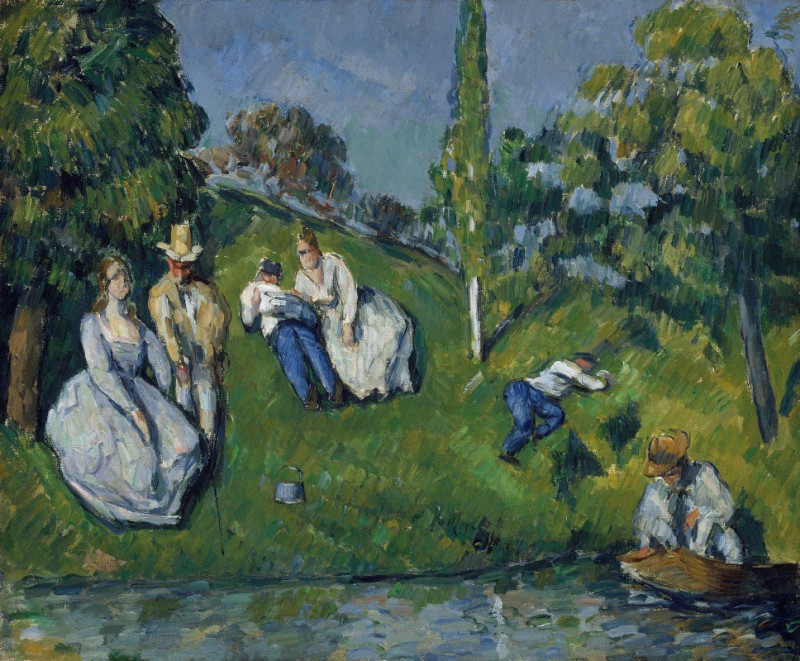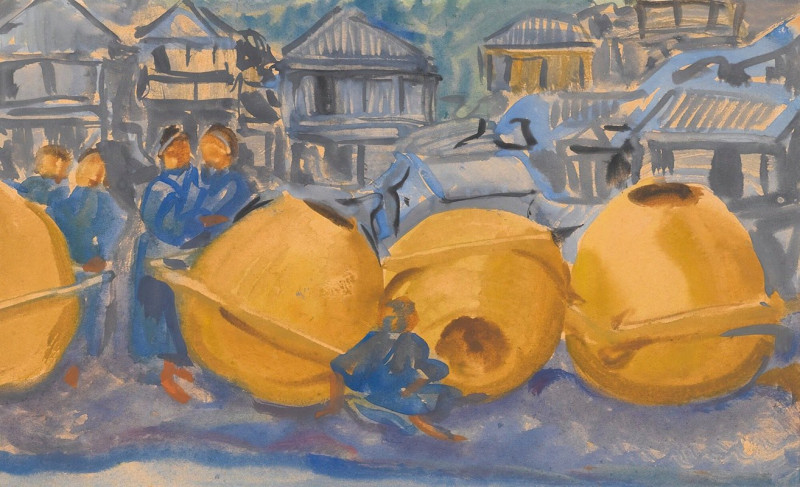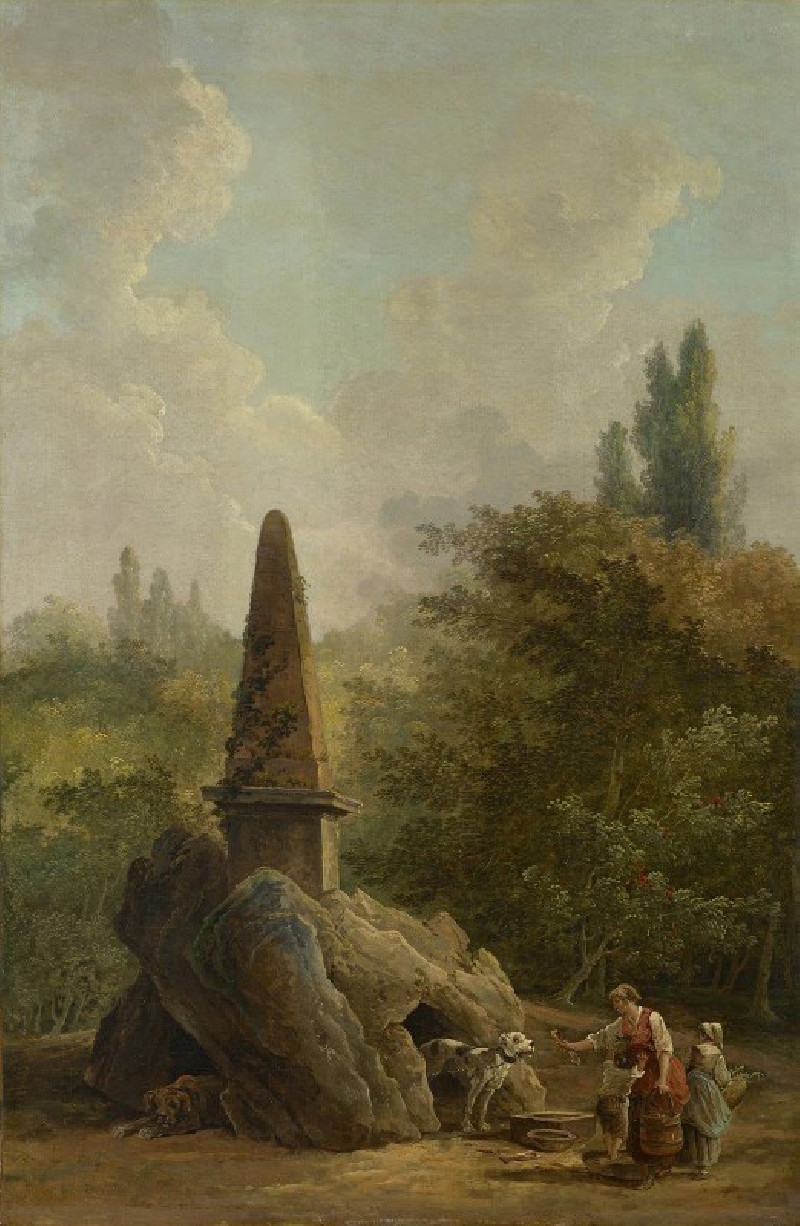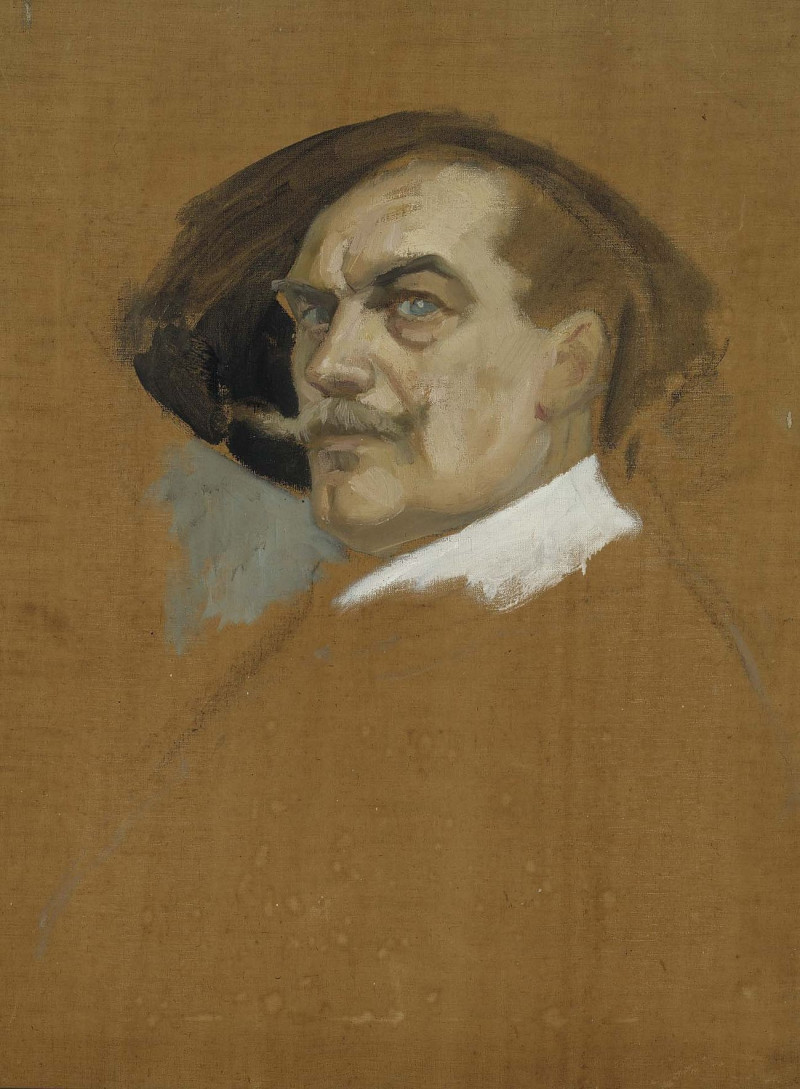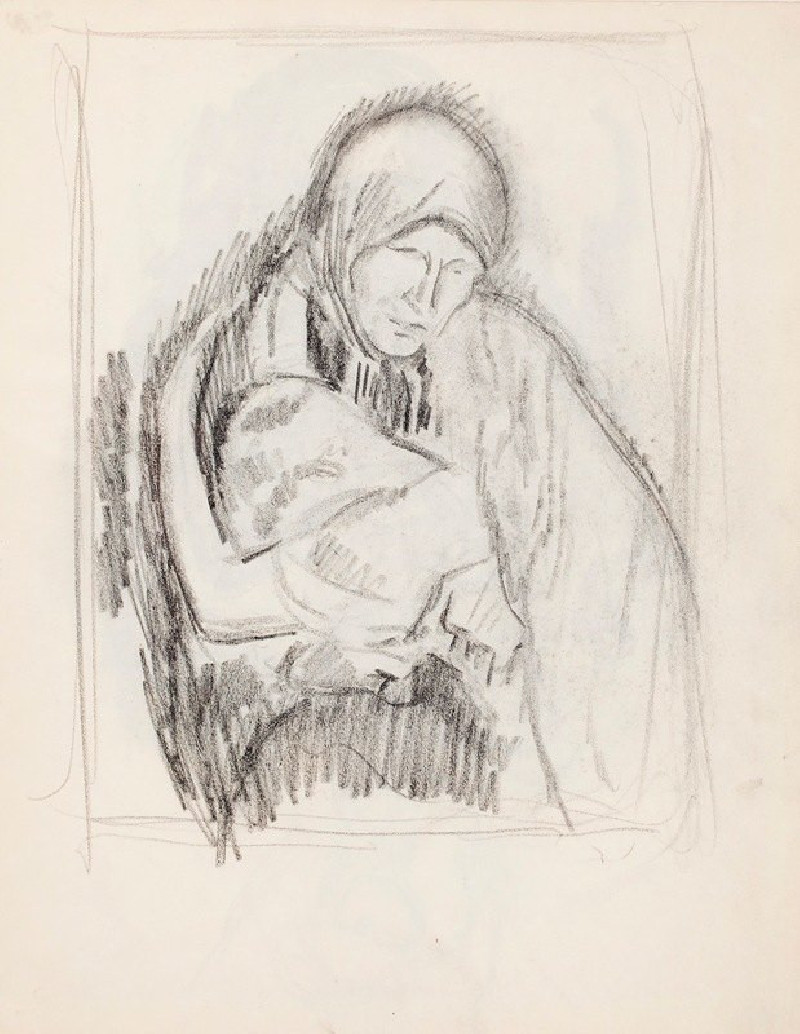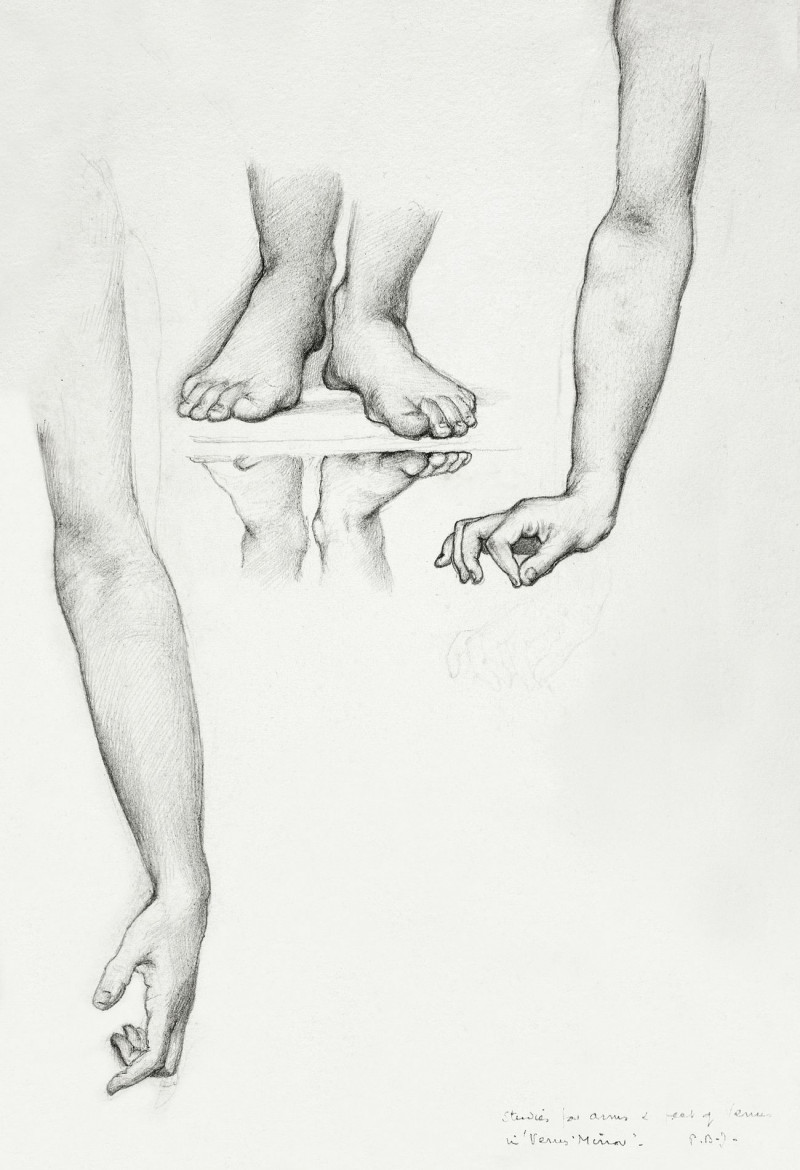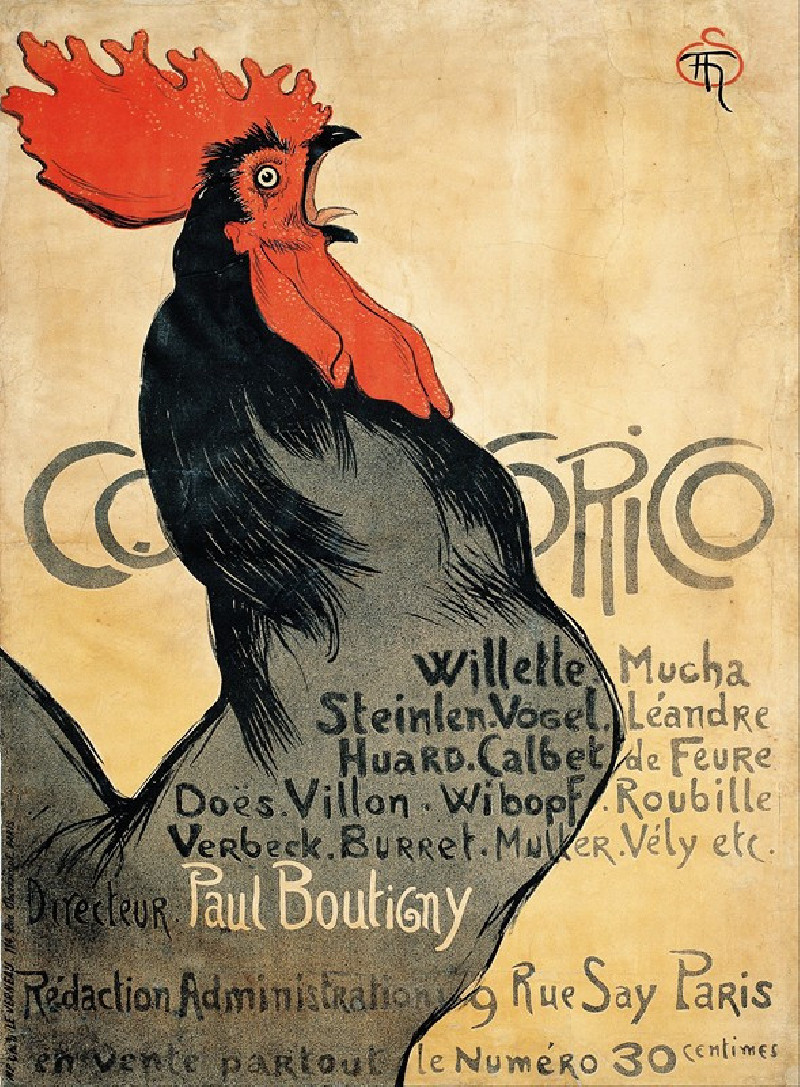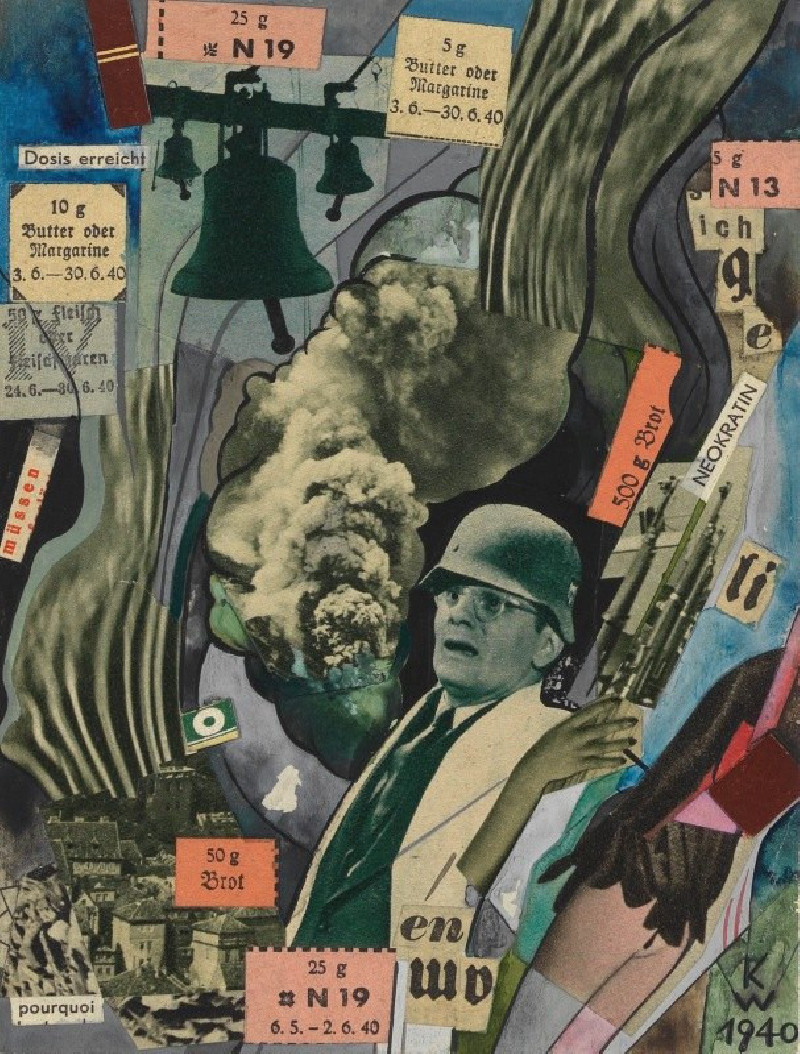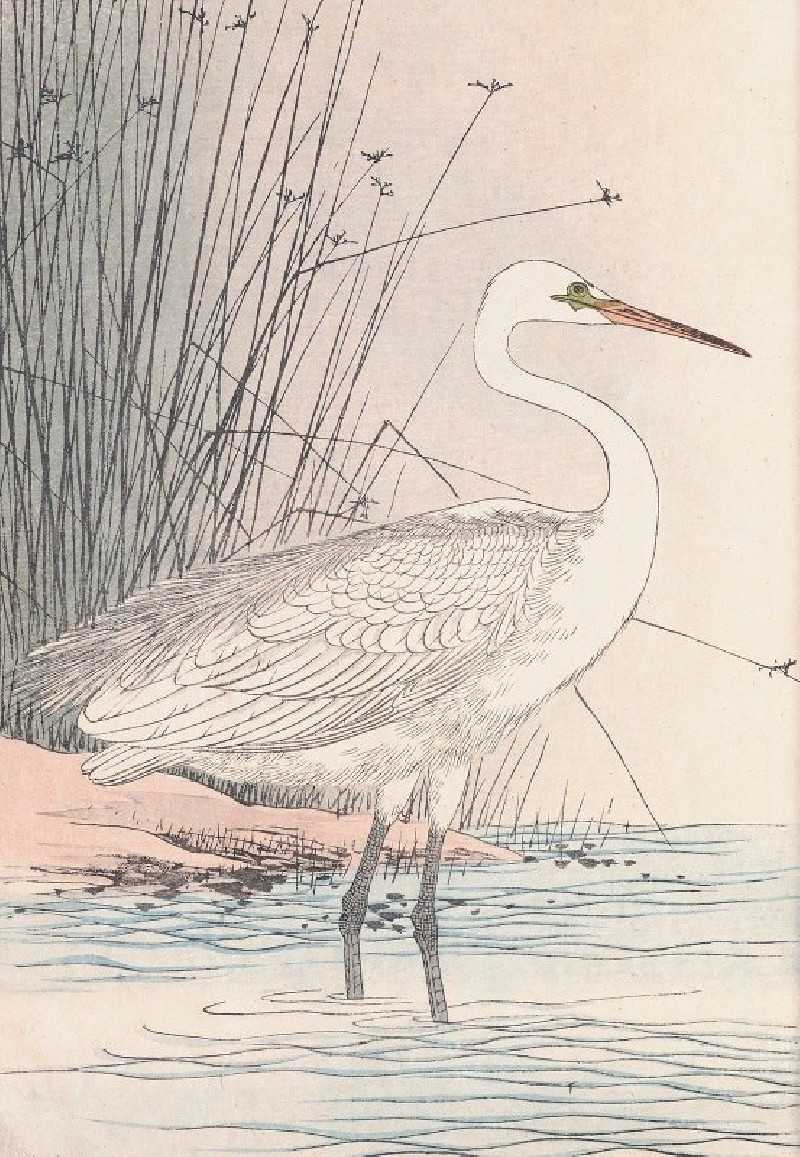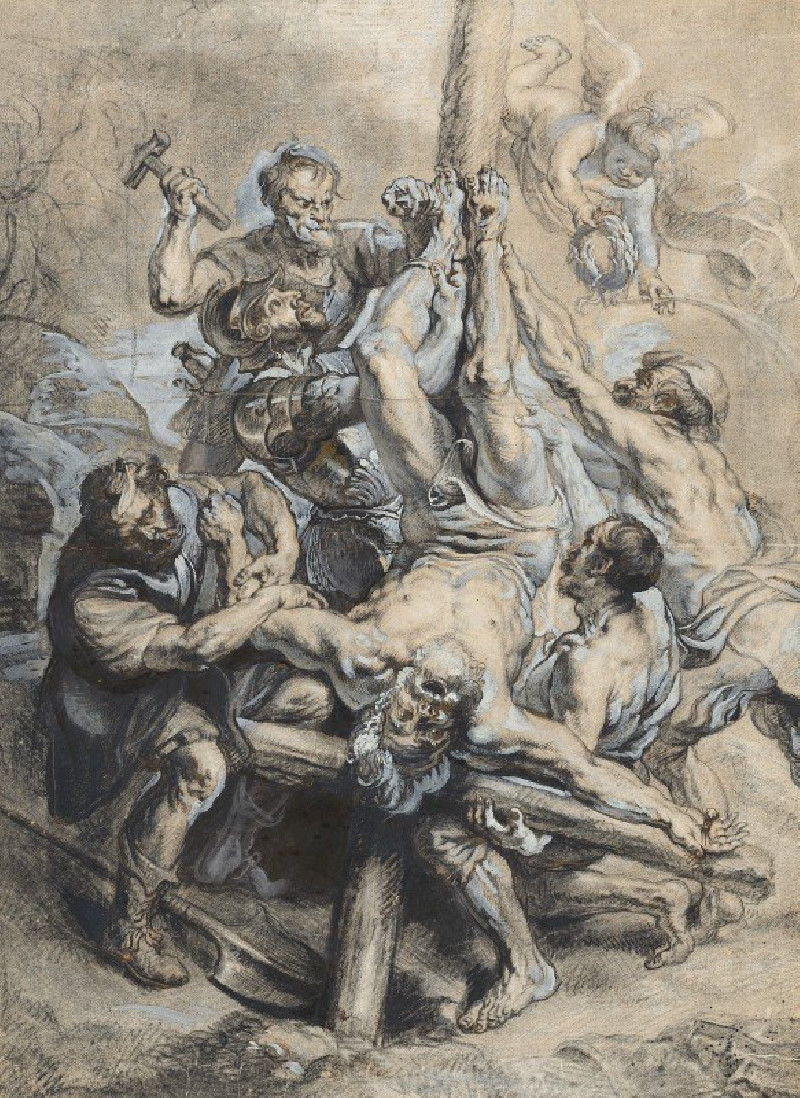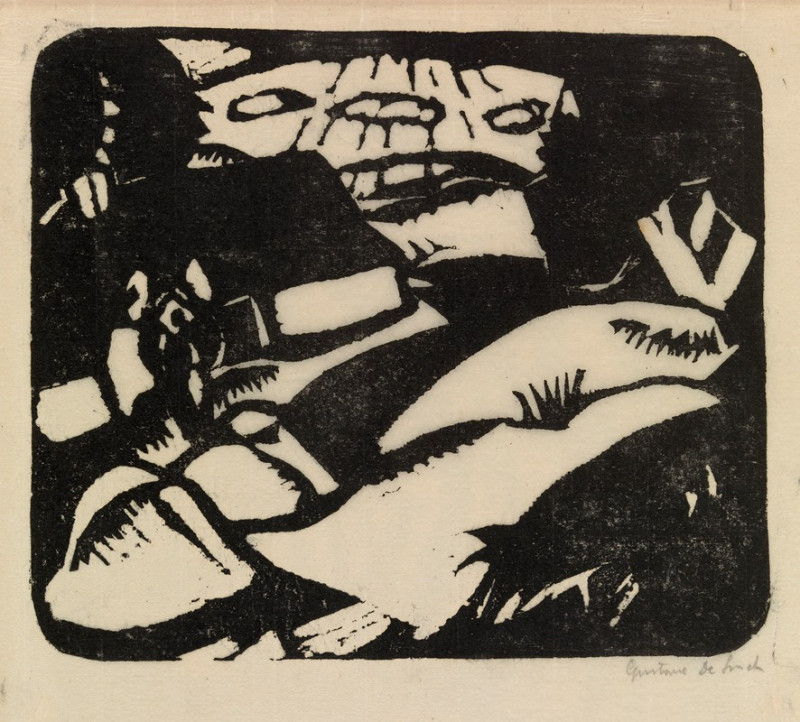Alexander or Jan Vinck
Technique: Giclée quality print
Recommended by our customers
More about this artwork
Titled "Alexander or Jan Vinck," this captivating portrait by Anthony van Dyck masterfully encapsulates the prestige and personality of its subject. The figure, cloaked in a rich black garb with intricate detailing, is portrayed with a dignified and slightly introspective demeanor. His face, marked by a hint of a firm expression, is framed by a large, elaborate white collar, typical of the fashion of the era, which adds both texture and grandeur to the composition.Van Dyck, known for his ability to capture the essence and authority of aristocratic figures, employs a warm background featuring a vibrant red curtain to the left and a detailed wooden door to the right. This not only enhances the subject's stature but also creates a dynamic and inviting scene. A finely adorned chair next to the figure adds a touch of opulence and further emphasizes the social status of the individual.Overall, "Alexander or Jan Vinck" is a compelling piece that not only exhibits Van Dyck’s skill in portraiture but also serves as a fascinating historical document, giving us insight into the fashion and cultural norms of the 17th century.
Delivery
Returns
Sir Anthony van Dyck (1599 – 1641) was a Flemish Baroque artist who became the leading court painter in England after success in the Spanish Netherlands and Italy.
The seventh child of Frans van Dyck, a wealthy Antwerp silk merchant, Anthony painted from an early age. He was successful as an independent painter in his late teens, and became a master in the Antwerp guild in 1618. By this time he was working in the studio of the leading northern painter of the day, Peter Paul Rubens, who became a major influence on his work.

